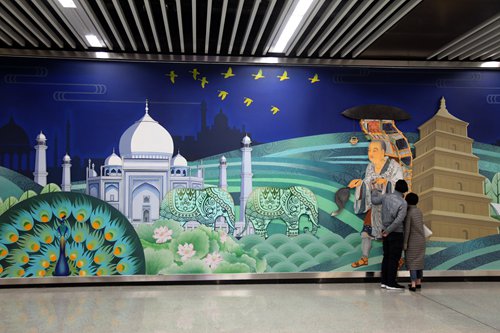Northern Light
Superstar
Wait is this correct? The trains/stations will be on the same grade? I thought it was going to be on its own viaduct...frees up room below, but also acts as safety buffer.
For clarity, the proposal, as described in today's releases, is that the existing corridor will be widened (embankment) as needed, to support one additional GO track and the 2 O/L tracks.
Making for a six-track corridor all on the same level.
Needless to say, the platforms will be at the same level as the track.
Which is to say this is a shared corridor with no tracks at different levels.
